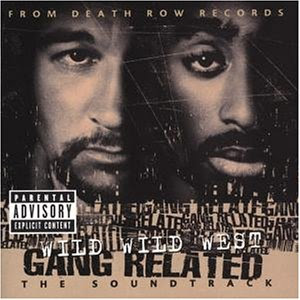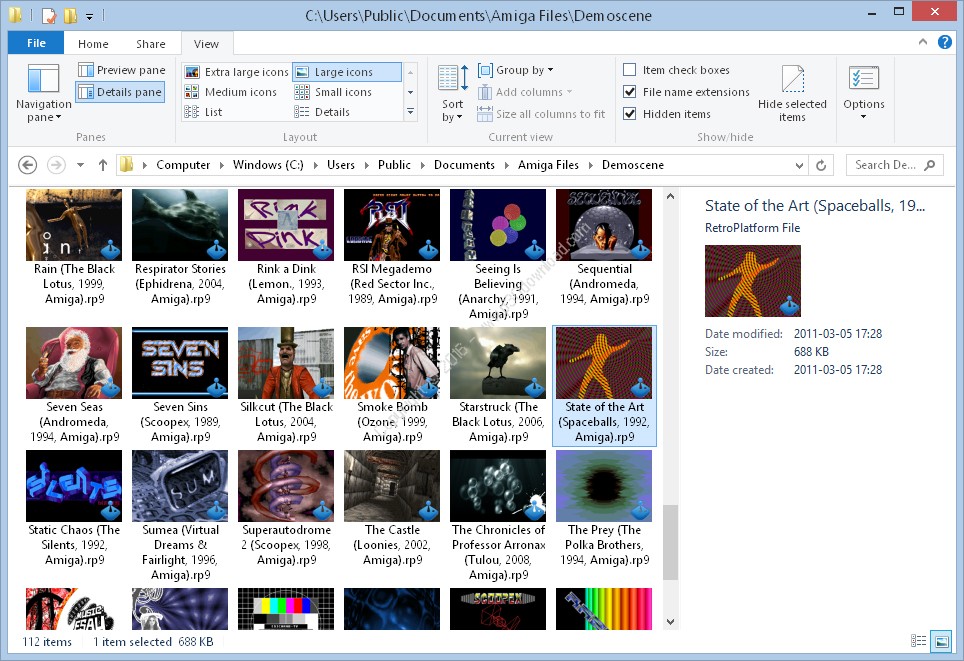

See the FDA's Safe Disposal of Medicines website ( ) for more information if you do not have access to a take-back program. Talk to your pharmacist or contact your local garbage/recycling department to learn about take-back programs in your community. Instead, the best way to dispose of your medication is through a medicine take-back program.

However, you should not flush this medication down the toilet. Unneeded medications should be disposed of in special ways to ensure that pets, children, and other people cannot consume them. Store it at room temperature and away from excess heat and moisture (not in the bathroom). Keep this medication in the container it came in, tightly closed, and out of reach of children.

Your doctor may need to change the doses of your medications or monitor you carefully for side effects. Many other medications may interact with isoniazid, so be sure to tell your doctor about all the medications you are taking, even those that do not appear on this list. Be sure to mention any of the following: acetaminophen (Tylenol), antacids, carbamazepine (Carbatrol, Equetro, Tegretol, others), citalopram (Celexa), escitalopram (Lexapro), fluoxetine (Prozac, Sarafem, Symbyax), fluvoxamine (Luvox), ketoconazole (Nizoral), paroxetine (Paxil), phenytoin (Dilantin, Phenytek), sertraline (Zoloft), theophylline (Elixophyllin, Theochron, Theo-24), and valproic acid (Depakene, Depakote).



 0 kommentar(er)
0 kommentar(er)
